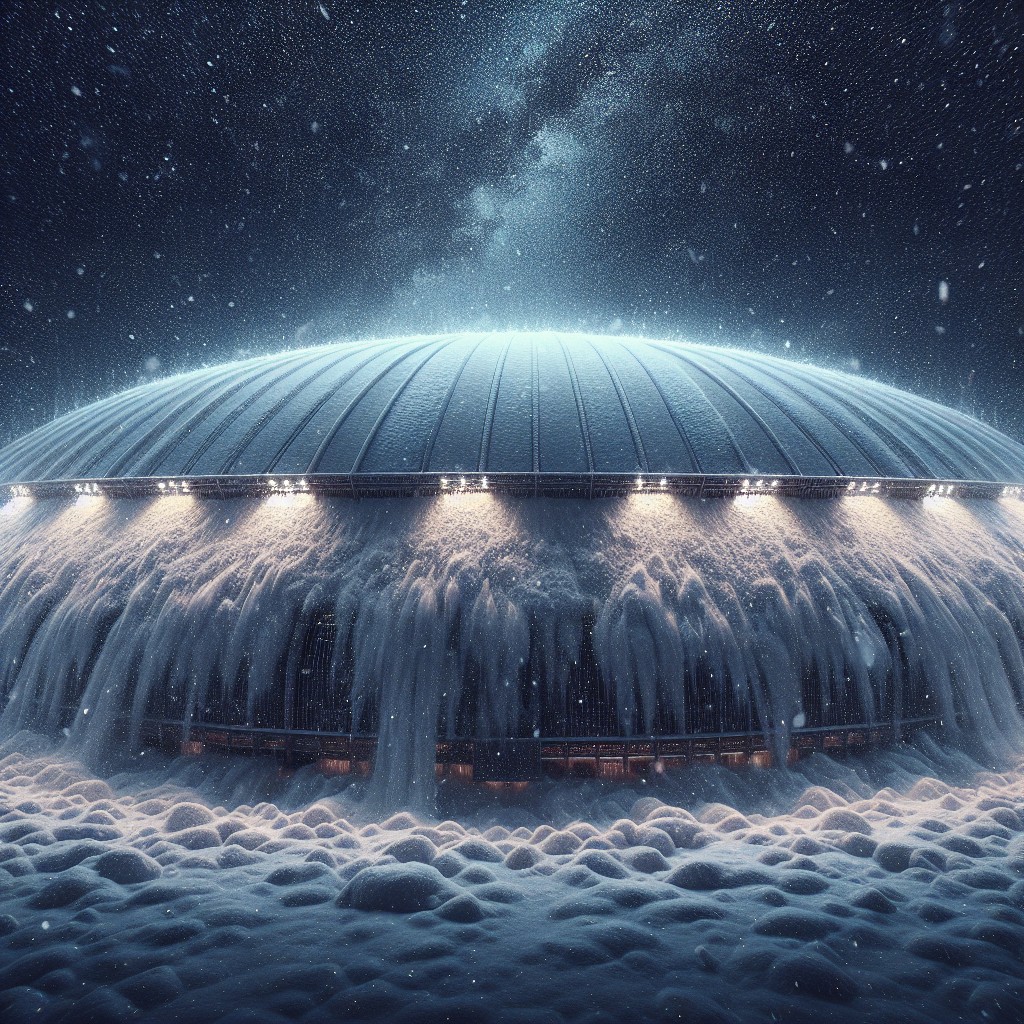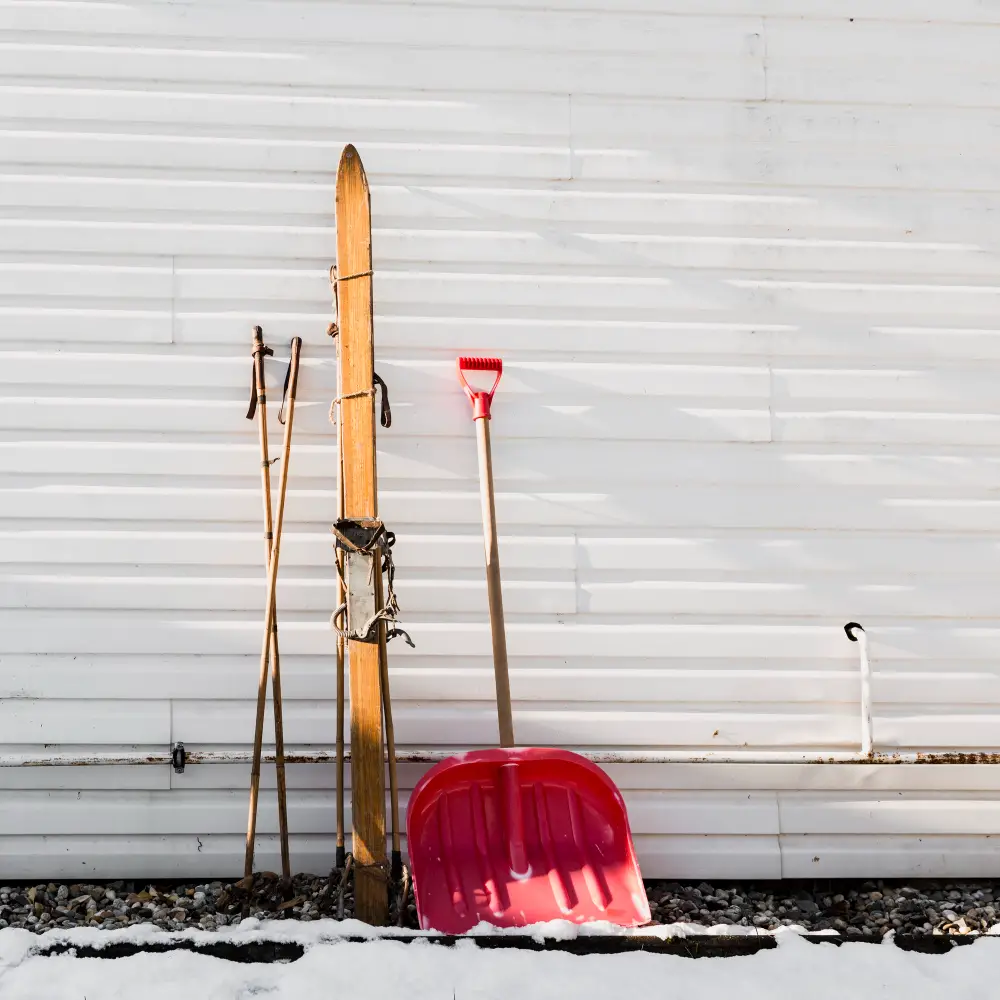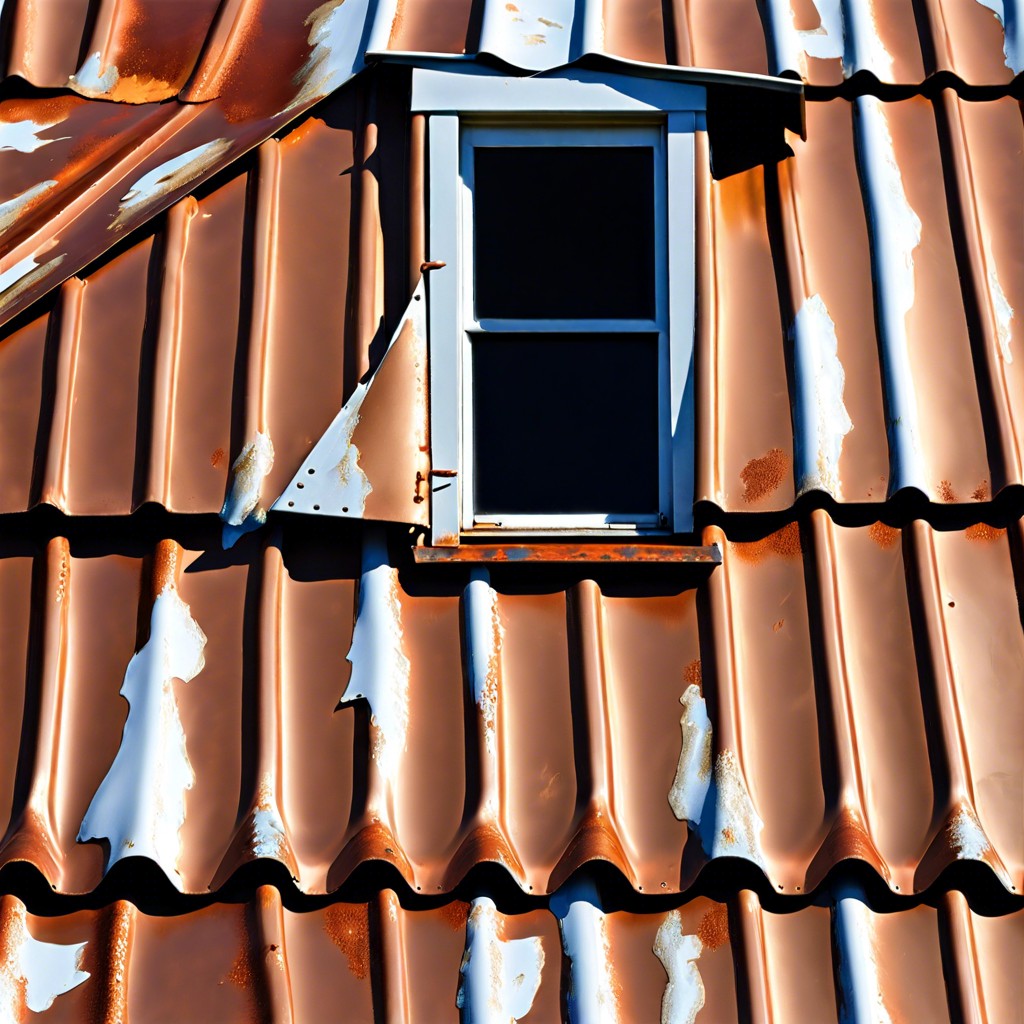Last updated on
Exploring the fascinating event of the Metrodome roof collapse, this article delves into the intricate reasons behind the incident, because understanding these factors can help prevent future architectural calamities.
On December 12, 2010, the Minneapolis skyline shifted as the Metrodome, home to the Minnesota Vikings, succumbed to the formidable forces of nature. A relentless snowstorm proved too mighty for the iconic Teflon-coated fiberglass dome, overwhelming its drainage system and precipitating a catastrophic collapse.
The dramatic rupture of its panels allowed tons of snow to cascade onto the turf below, an incident captured on camera but, fortunately, without resulting in any injuries. This pivotal event spurred a decisive response: enhanced safety protocols, temporary relocation of scheduled games, and ultimately, the blueprint for what would become the state-of-the-art U.S. Bank Stadium.
Dive into the intricacies of the Metrodome debacle, the immediate aftermath, and the architectural innovations that rose from its snowy ashes.
Key takeaways:
- Metrodome roof collapsed due to heavy snow accumulation
- Snowstorm overwhelmed roof’s drainage system and caused structural failure
- Panels tore, snow crashed onto field, no injuries reported
- Metrodome management implemented safety measures, relocated games
- Roof failure prompted construction of U.S. Bank Stadium, improved design
Date and Time of the Metrodome Roof Collapse

On December 12, 2010, in the pre-dawn hours, the Teflon-coated fiberglass fabric roof of the Hubert H. Humphrey Metrodome in Minneapolis could no longer withstand the weight of accumulated snow.
After a severe winter storm brought heavy snowfall, the roof succumbed to the pressure at approximately 5:00 AM.
The incident was captured by security cameras, showing the snow crashing onto the football field below.
No injuries were reported as the stadium was empty at the time of the event.
This marked a significant moment in architectural and sports history, directly affecting the Minneapolis community and NFL schedules.
Weather Conditions Leading to the Collapse

On December 11, 2010, a powerful snowstorm swept across Minnesota, dropping 17 inches of snow and stressing the Teflon-coated fiberglass roof of the Hubert H. Humphrey Metrodome.
The snowfall rate peaked at an intense 1-2 inches per hour, overwhelming the roof’s drainage system.
Accompanied by strong winds with gusts exceeding 30 miles per hour, the blizzard conditions significantly contributed to the structural failure.
The weight of the snow, combined with the wind’s force, ultimately led to a breach in the dome’s roofing material, resulting in sections giving way and the dramatic deflation of the roof.
Physical Description of the Collapse
On December 12, 2010, Minneapolis was blanketed by a heavy snowstorm that proved catastrophic for the inflatable roof of the Hubert H. Humphrey Metrodome. The Teflon-coated fiberglass material, which relied on air pressure to maintain its dome-like shape, succumbed to the weight of accumulated snow and ice.
During the early morning hours, three panels ripped, leading to a dramatic deflation. Security cameras captured the snow tearing through the fabric, causing it to sag and eventually give way. The cascading snow spilled onto the field below, leaving the once buoyant structure flattened and the interior exposed to the elements.
The physics of air-supported structures require a balance between internal pressure and external loads; in this instance, the extreme weather proved overwhelming for the engineering of the time.
Immediate Actions Taken Following the Collapse
Following the collapse, the Metrodome’s management team sprang into action to ensure safety and minimize disruption. The area around the stadium was cordoned off to prevent public access, reducing the risk of injury.
Engineers and safety experts were immediately dispatched to assess the damage and determine the structural integrity of the remaining roof.
The Minnesota Vikings’ organization communicated with the NFL to reschedule the affected game against the New York Giants, which was relocated to Detroit’s Ford Field.
Meanwhile, clean-up crews began the process of removing snow and debris, setting the stage for a thorough investigation into the causes of the failure.
Impact On Minnesota Vikings’ Schedule and Relocation of Games
The sudden deflation of the Metrodome roof forced the Minnesota Vikings to adjust their game schedule on short notice. The collapse occurred early in the morning on December 12, 2010, just hours before a scheduled game against the New York Giants.
This game was subsequently moved to Detroit’s Ford Field and played the following day. The shift in venue and day required significant logistical coordination and communication with fans, staff, and the NFL.
Later in the season, the displacement continued as the Vikings’ home game against the Chicago Bears was relocated to the University of Minnesota’s outdoor TCF Bank Stadium, marking the Vikings’ first outdoor home game in Minneapolis since their move indoors in 1981.
This transition necessitated additional preparations to equip the college stadium for an NFL game, including seating expansions and enhanced facilities to accommodate the expected crowds.
These disruptions not only impacted the team’s routine but also affected revenue streams from ticket sales, concessions, and merchandise, which typically arise from playing at a home stadium.
The team and its partners had to adapt quickly to these changes to minimize the inconvenience to fans and ensure the continuation of the season.
Structural Analysis: Causes of the Roof Failure
The Metrodome’s roof, an air-supported structure, was vulnerable to heavy snow and ice accumulation. On December 12, 2010, a blizzard dropped 17 inches of snow on Minneapolis, which burdened the Teflon-coated fiberglass fabric beyond its limits.
The roof’s drainage system, designed to melt snow with heated water, was overwhelmed by the sheer volume of snowfall.
Despite efforts to manually remove snow, three panels tore under the weight, causing the roof to deflate. Further investigations revealed that the material had aged, reducing its resilience.
The roof’s design, though compliant with the codes at the time of construction, lacked redundancy. Small tears rapidly became large openings, as the interconnected panels failed to isolate the damage. Snow and ice entered the stadium, leading to the eventual collapse.
The incident underscored the importance of accounting for extraordinary weather events and the aging of materials in structural engineering.
Repair Efforts and Timelines for Fixing the Roof
Repair efforts commenced swiftly after assessing the damage. Initially, experts conducted a thorough inspection to pinpoint all areas of weakness. This was a crucial step to ensure the integrity of the entire structure, not just the visibly damaged sections.
Following the assessment, the team embarked on the procurement of materials, which included the notorious Teflon-coated fiberglass fabric that forms the outer layer of the dome. The replacement materials were essential in matching the original specifications for performance and safety standards.
Efforts were then focused on the actual installation, which required specialized labor skilled in working with the unique fabric and the intricate cable system supporting the roof. Scaffolding and cranes dotted the Minneapolis skyline as teams worked diligently to restore the iconic structure.
The timeline was a pressing matter, considering the Vikings’ home game schedule and upcoming events at the Metrodome. Contractors were given a tight timeframe, which led to round-the-clock shifts to expedite the process. The goal was to have the roof fully operational as quickly and safely as possible without compromising on the quality of the work.
Progress was regularly communicated to the public, keeping fans and stakeholders informed about the anticipated completion date. The dedication of the workers and the meticulous planning by the engineers culminated in a repair timeframe that was both efficient and realistic, considering the scale of the damage.
Financial Implications of the Collapse for the Team and Stadium Authorities
The Metrodome roof collapse bore significant financial repercussions. The Minnesota Vikings confronted unanticipated expenses such as venue rentals for relocated games, while lost revenue from concessions and ticket sales impacted the team’s income.
Stadium authorities faced the dual fiscal challenge of funding immediate repair costs and compensating for the hiatus in event scheduling. Insurance assessments played a pivotal role in defraying some of the repair costs, but not all financial burdens could be recouped.
Additionally, the unforeseen event prompted a re-evaluation of long-term investments into the aging infrastructure, accelerating discussions on the feasibility of constructing a new stadium.
Safety Inspections and Measures Post-collapse
In the wake of the incident, rigorous inspections were conducted by structural engineers and safety experts. They assessed the integrity of the remaining roof structure, identifying weak points and potential risks. From this assessment, a set of stringent safety measures was implemented to prevent future collapses.
Key inspection findings led to a reinforcement of the roof’s fabric and an upgrade to the monitoring systems that measure roof stress. Regular maintenance schedules were established to ensure the roof’s pneumatic pressure was properly managed, especially during heavy snowfall.
Additionally, emergency protocols were revised. These protocols now include clearer guidelines for the evacuation of the premises in case of an emergency, frequent drills for staff, and an enhanced communication system to alert authorities and the public to any structural concerns in a timely manner.
The inspection revealed a need for improved snow removal procedures. As a result, new, more efficient snow melting and removal equipment was put in place to handle significant snow events. This proactive approach aims to maintain the roof’s structural integrity, regardless of weather conditions.
Long-term Consequences for the Metrodome and Future Planning
The catastrophic failure of the Metrodome roof expedited discussions on the longevity and viability of the facility. Subsequent evaluations emphasized the need for modern infrastructure that could withstand harsh climatic conditions while enhancing fan experience and safety.
Transition to U.S. Bank Stadium: The collapse underscored the necessity for a new stadium, leading to the construction of U.S. Bank Stadium, which features a fixed roof and state-of-the-art facilities.
Architectural and engineering advancements: Designers incorporated lessons learned from the collapse, focusing on durability and resilience in the new stadium’s construction.
Emergency preparedness: Stadium management teams revised their disaster response protocols to include scenarios such as roof failures to ensure quicker and safer responses in future incidents.
Insurance and financial planning: The roof collapse influenced insurance policies for similar structures, with increased scrutiny on coverage details and contingency funds for unforeseen events.
Legacy and memorabilia: Parts of the old Metrodome roof were salvaged and repurposed, creating a historical link and memorabilia for sports fans and collectors.
By integrating these considerations, the transition from the Metrodome to a more advanced facility illustrates a proactive stance towards infrastructure improvements and a commitment to public safety.
Replacement Facilities: U.S. Bank Stadium Construction
Following the Metrodome’s structural challenges, Minnesota embraced the future with the construction of U.S. Bank Stadium. As the new home for the Vikings, this state-of-the-art facility was designed with durability and versatility in mind:
1. Innovative Design: The stadium’s sloped roof is engineered to prevent snow accumulation, addressing a key weakness of the Metrodome.
2. Transparent Roofing Material: The use of ETFE, a transparent polymer, allows natural light to flood the playing field, giving an outdoor feel in an enclosed arena.
3. Enhanced Experience: With more than double the number of hospitality suites and an increased emphasis on spatial comfort, fans benefit from an upgraded game-day experience.
4. Environmental Considerations: Featuring energy-efficient solutions, the stadium reflects a commitment to sustainability without compromising on quality or functionality.
5. Legacy and Culture: The venue celebrates Minnesota’s heritage through design elements while looking forward to future sporting events and community gatherings.
U.S. Bank Stadium sets a benchmark for modern sports facilities, integrating lessons learned from past architectural endeavors.
FAQ
How did the Metrodome roof collapse?
The Metrodome roof collapsed on December 12, 2010, due to the weight of heavy snowfall, leading to the relocation of the following Vikings game to Detroit.
How many times did the Metrodome collapse?
The Metrodome’s roof collapsed a total of five times.
When did they tear down the Metrodome in Minneapolis?
The Metrodome in Minneapolis was completely demolished on April 17, 2014.
What happened at the Metrodome?
On December 12, at around 5:00 a.m. CST, three panels of the Metrodome’s roof tore open, causing snow to fall through and cover the turf field.
What were the primary causes behind the Metrodome roof collapse?
The primary causes behind the Metrodome roof collapse were excessive snow accumulation and faulty drainage system.
Are there other important stadiums that have experienced similar roof collapses like the Metrodome?
Yes, significant stadiums like the Silverdome in Pontiac, Michigan, and BC Place in Vancouver, Canada, have also experienced roof collapses.
How were the subsequent repairs and renovations approached after the Metrodome roof failure?
After the Metrodome roof failure, the subsequent repairs and renovations were approached through the installation of a new, advanced material and tensioned fabric system to increase resistance and durability.




